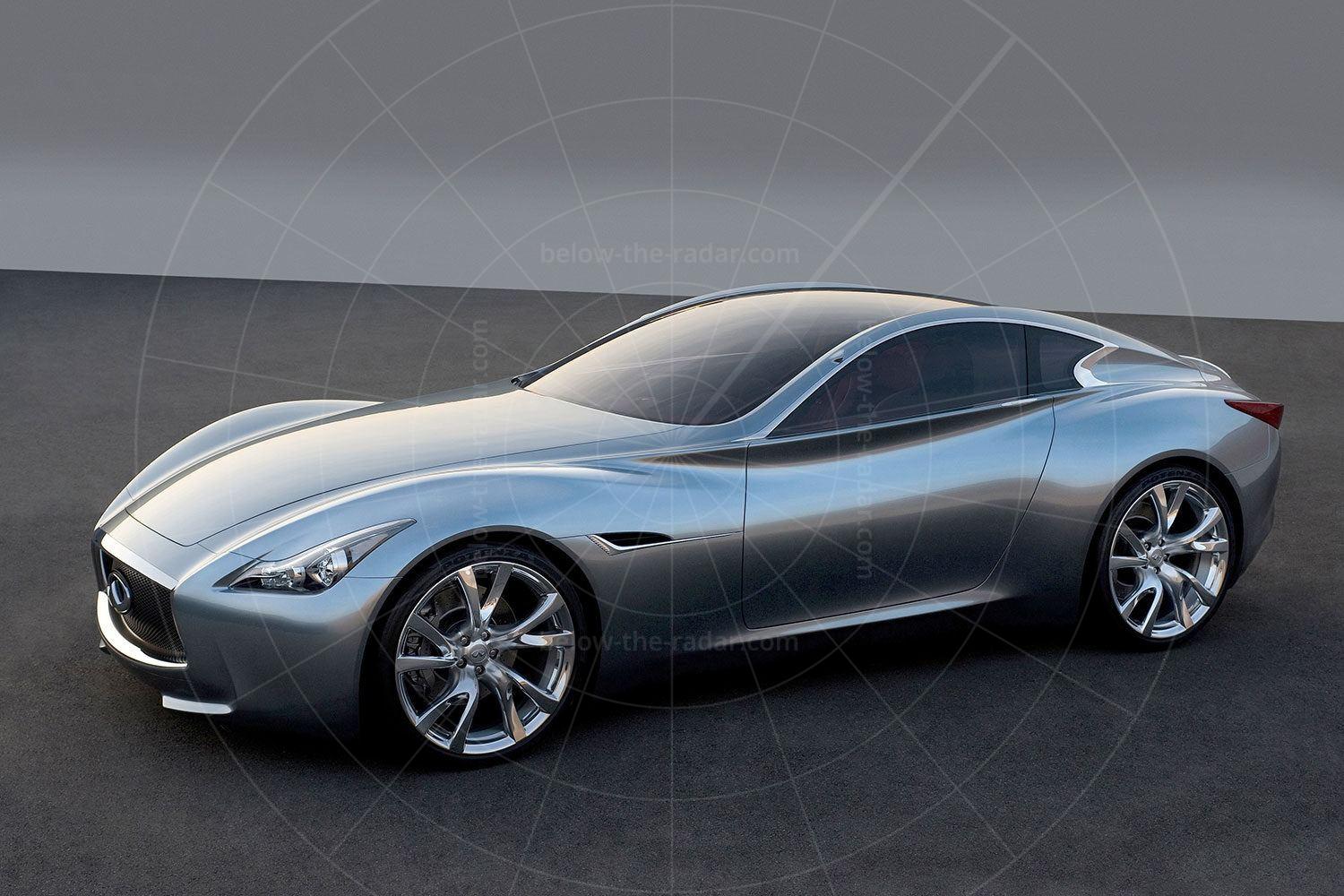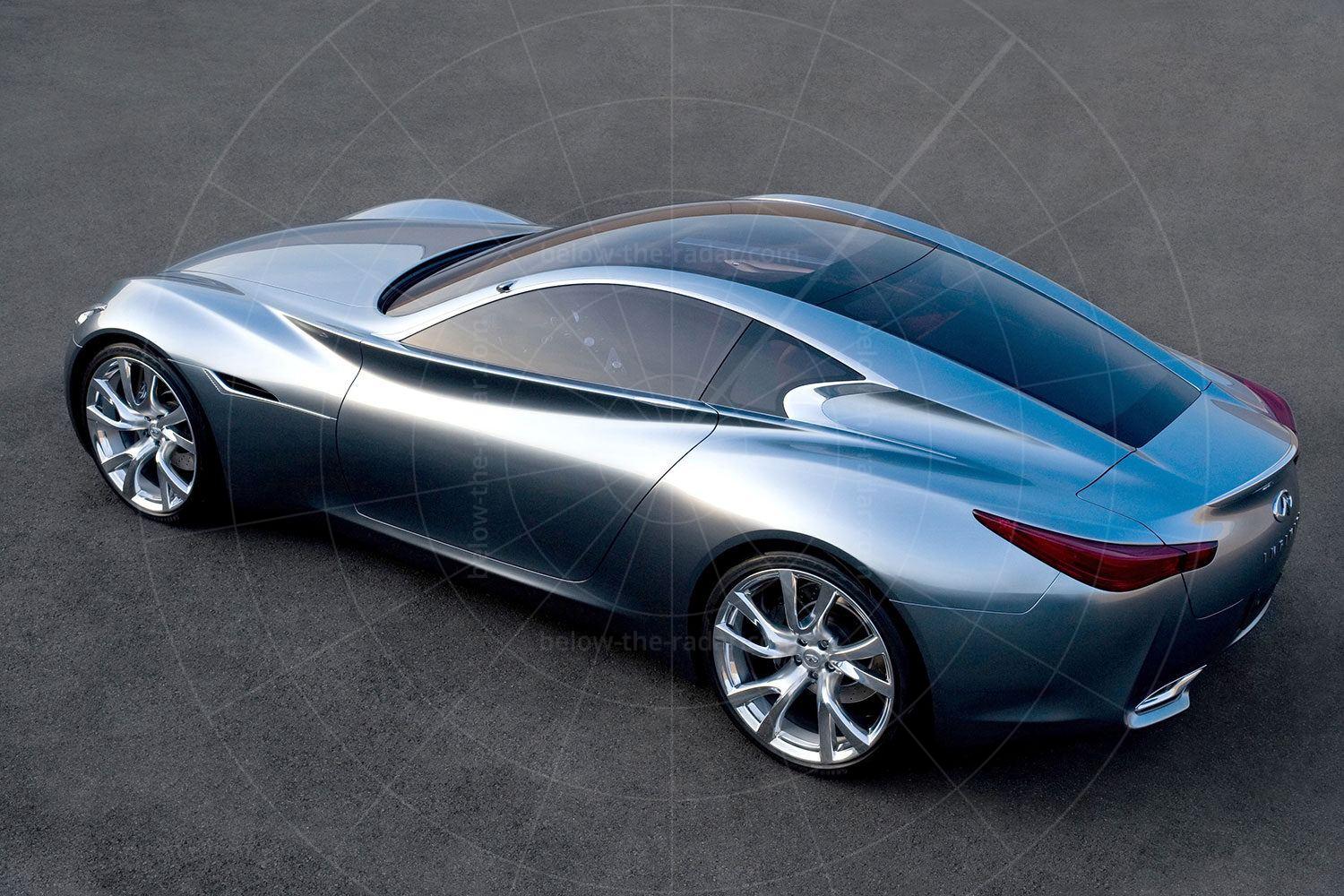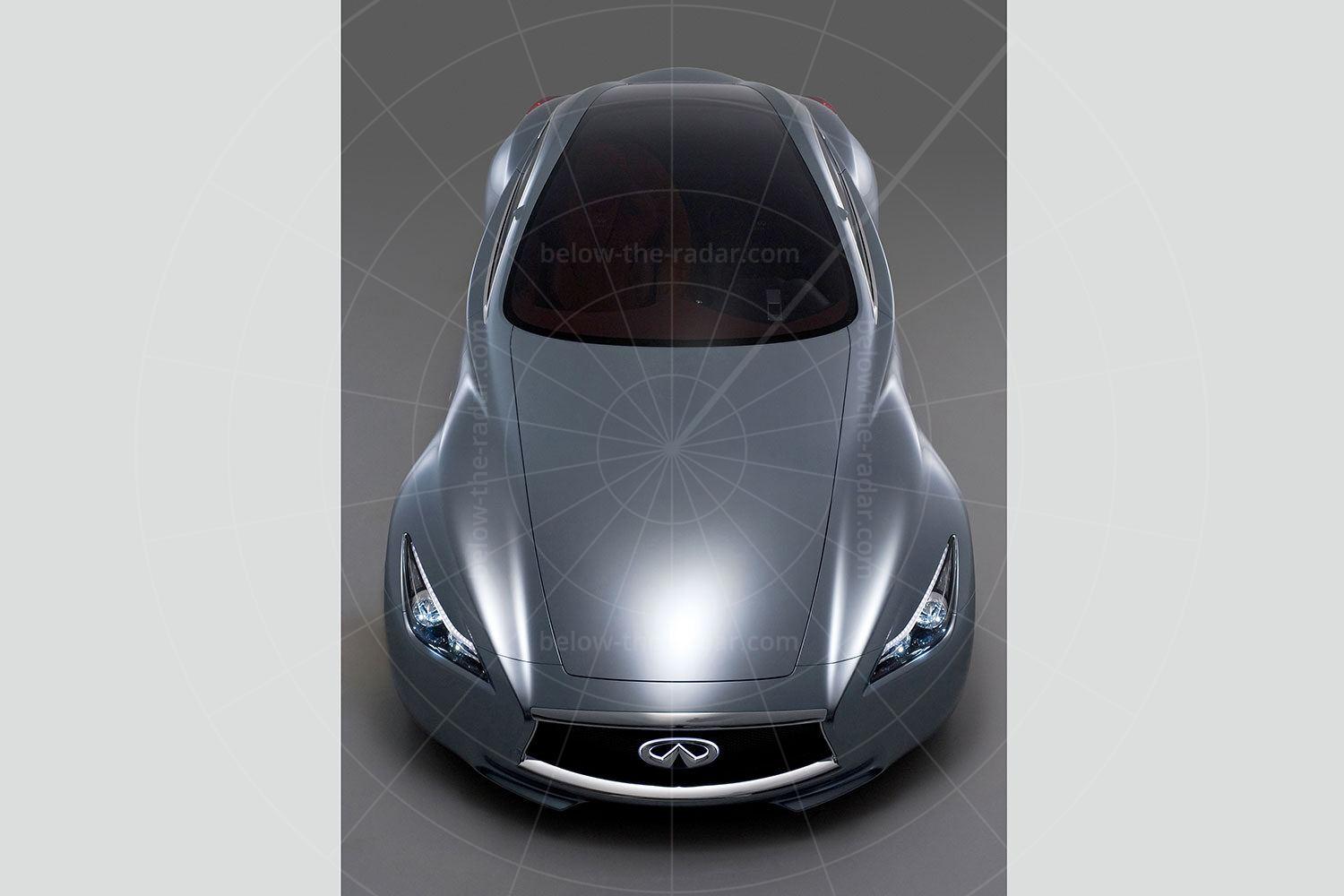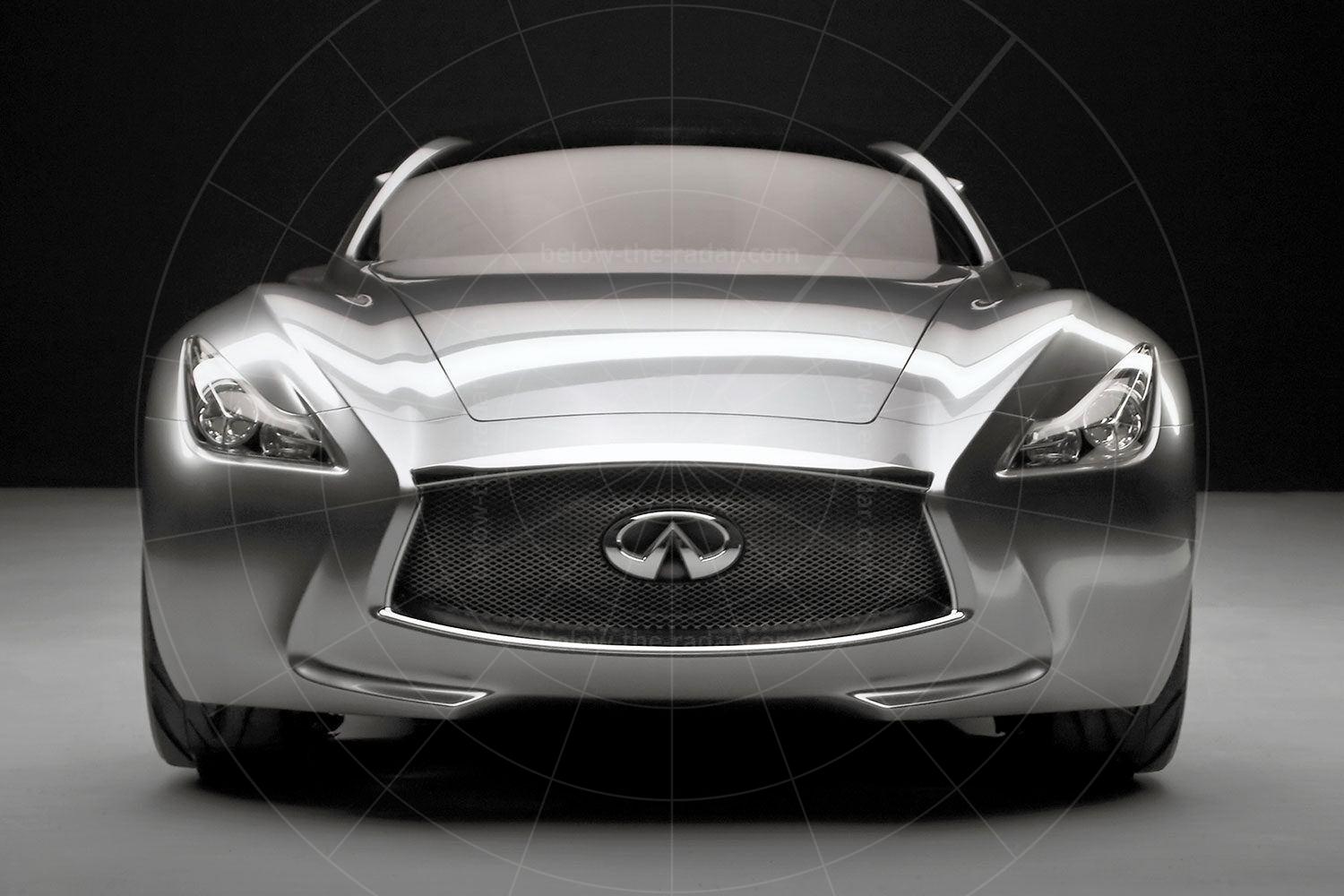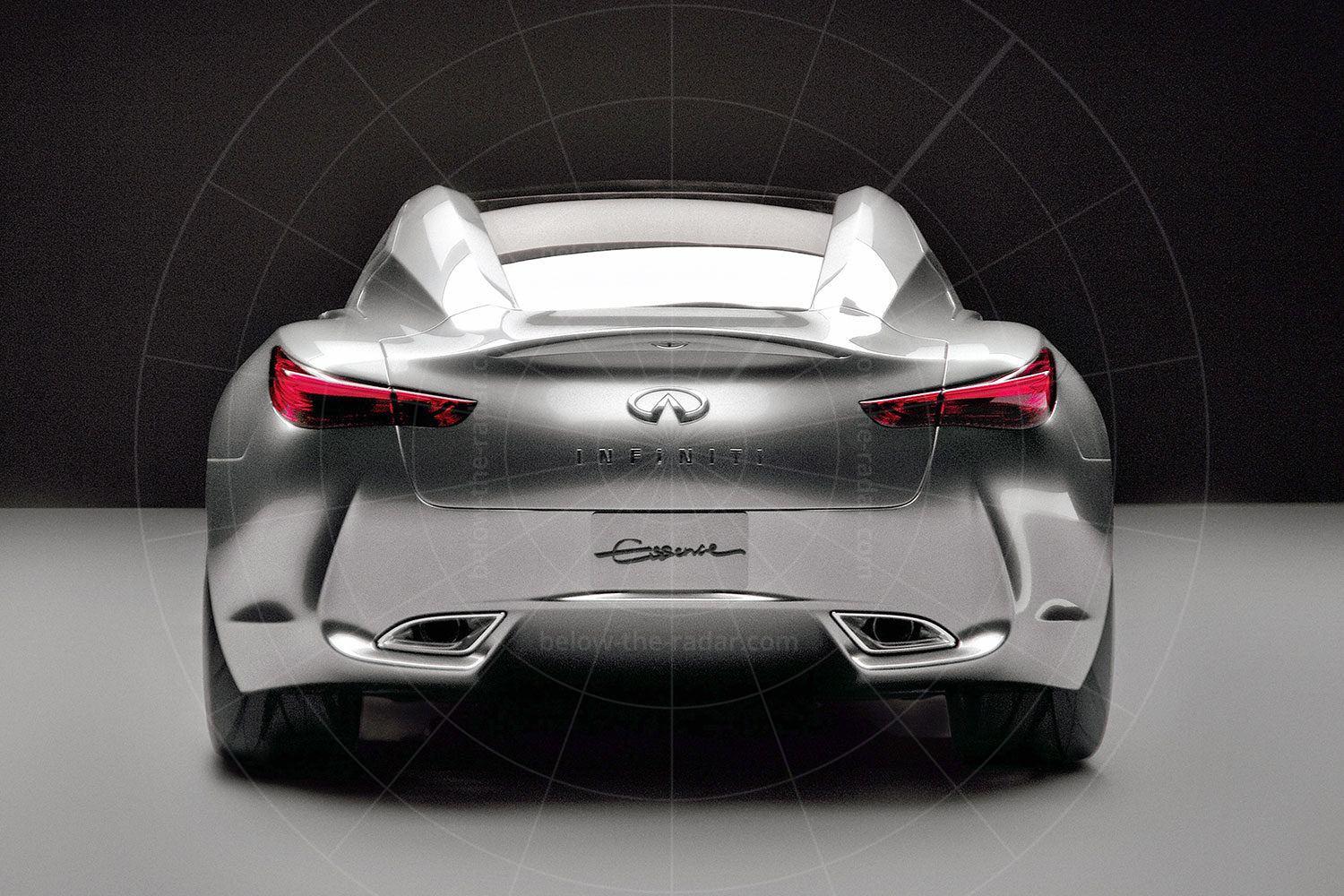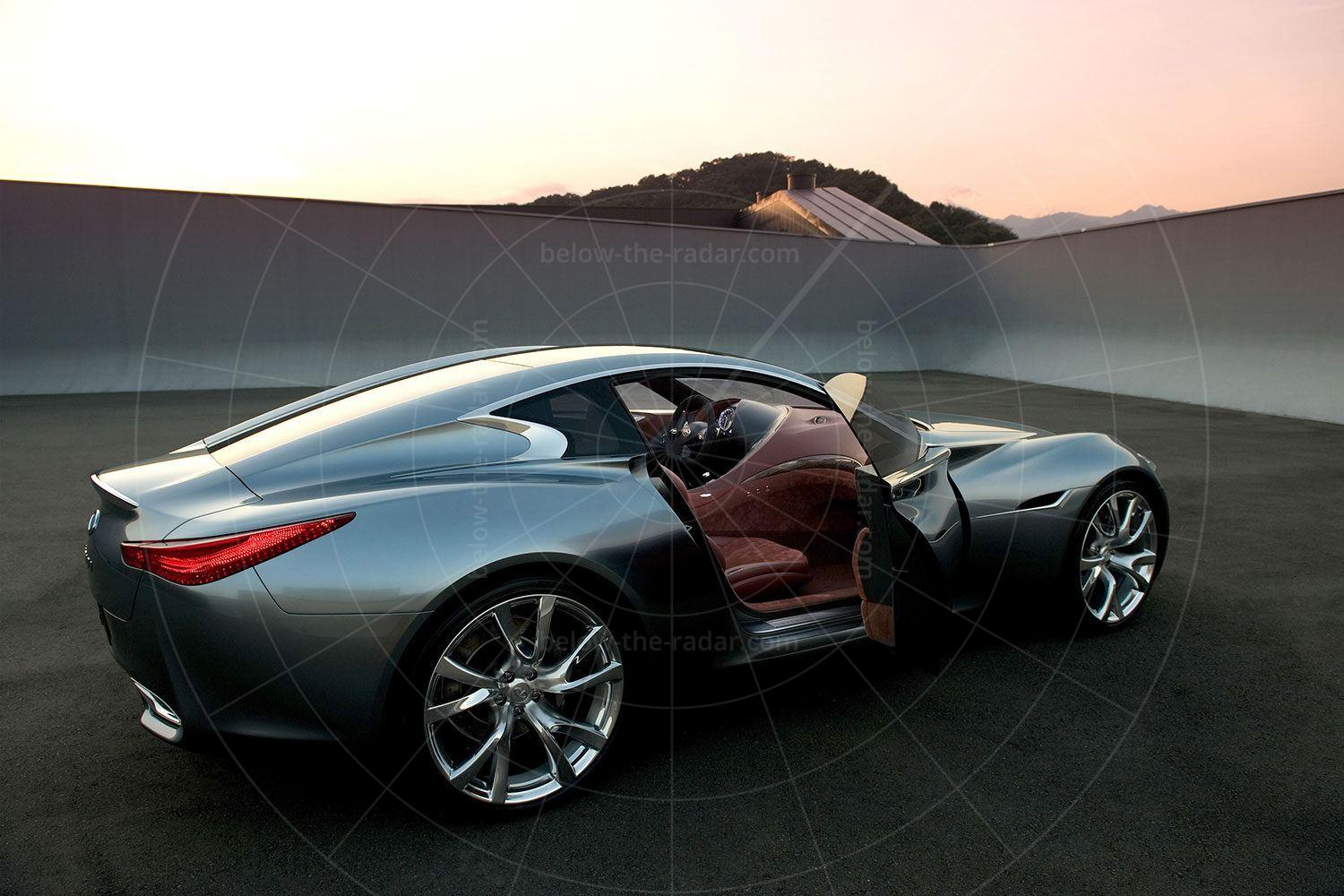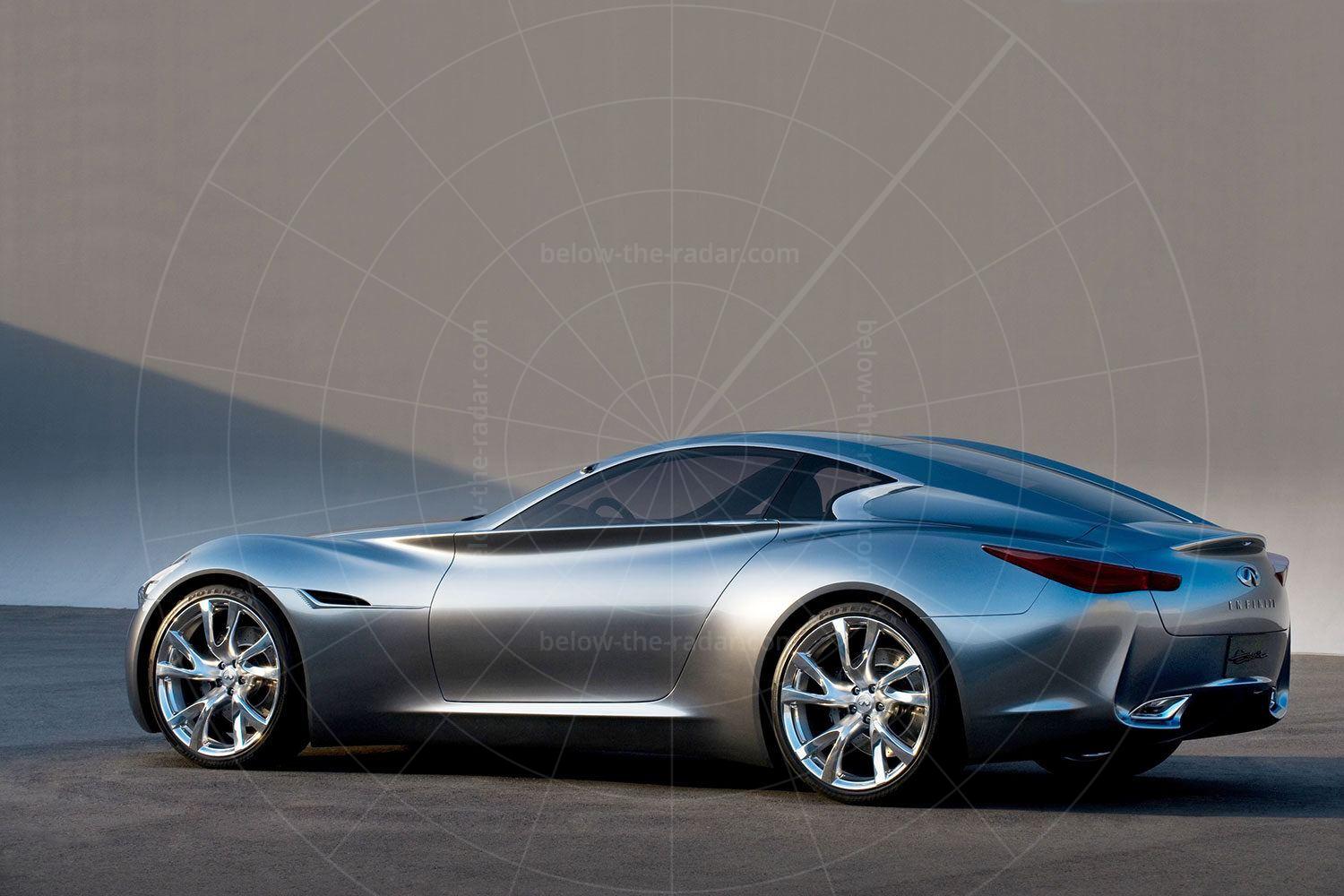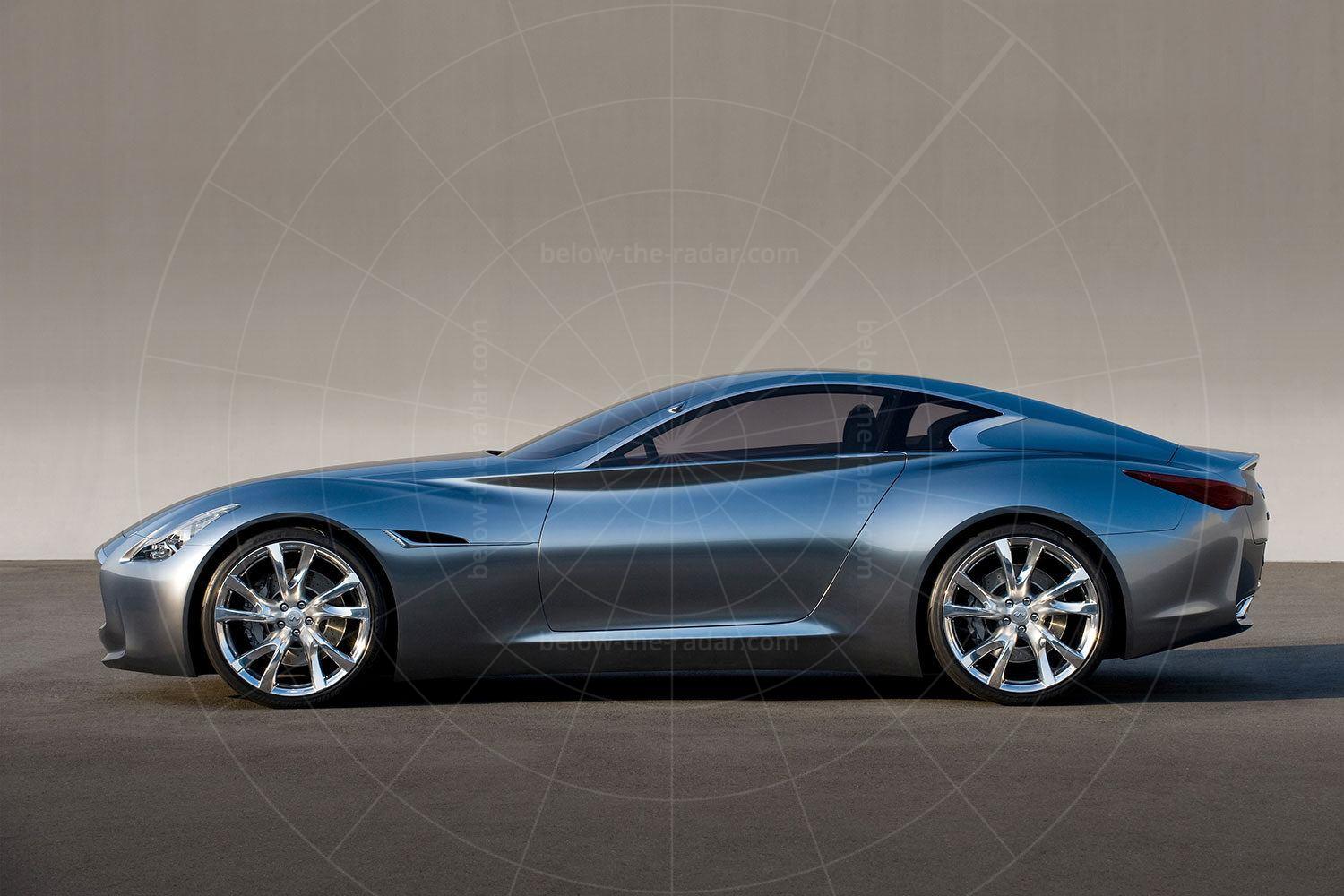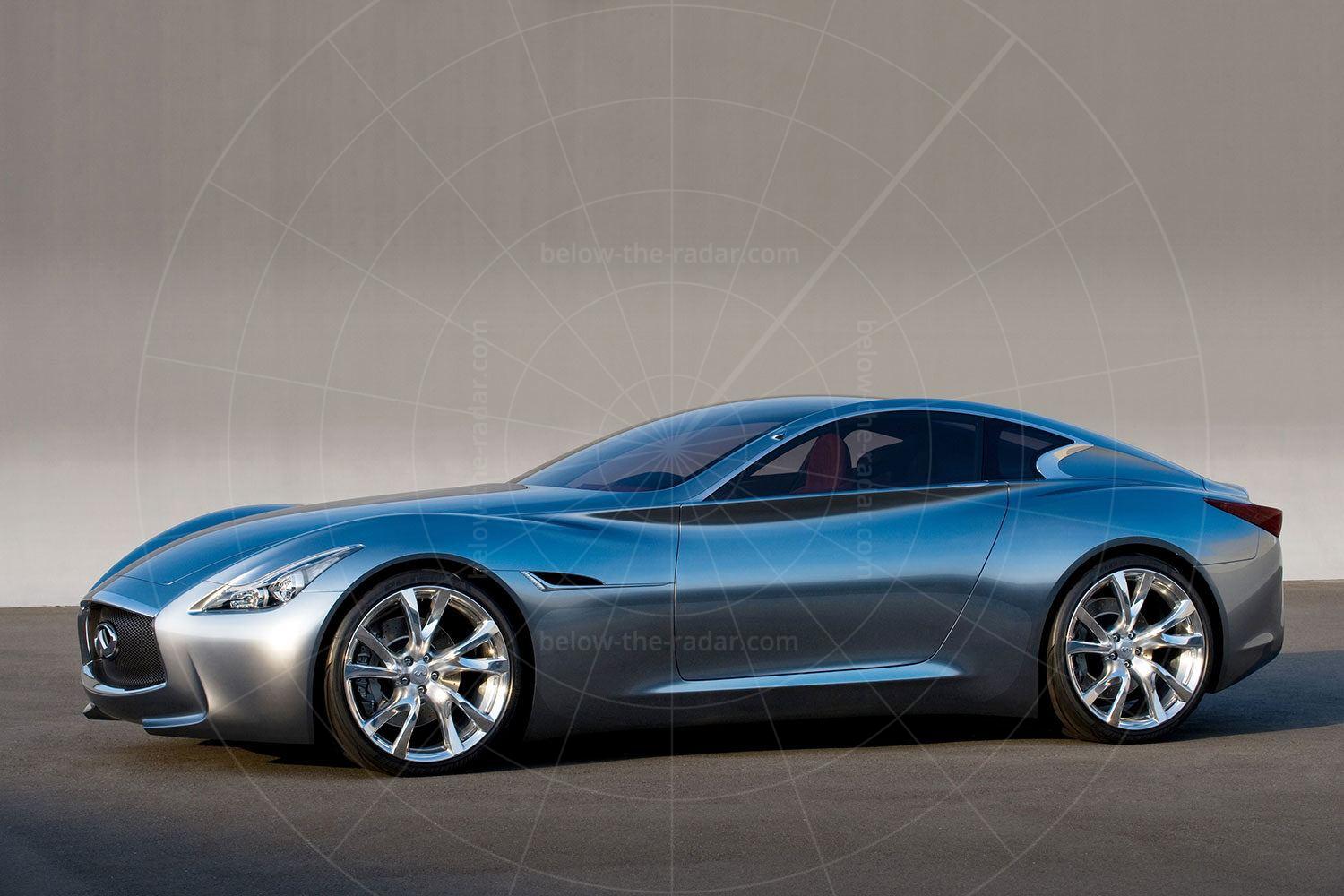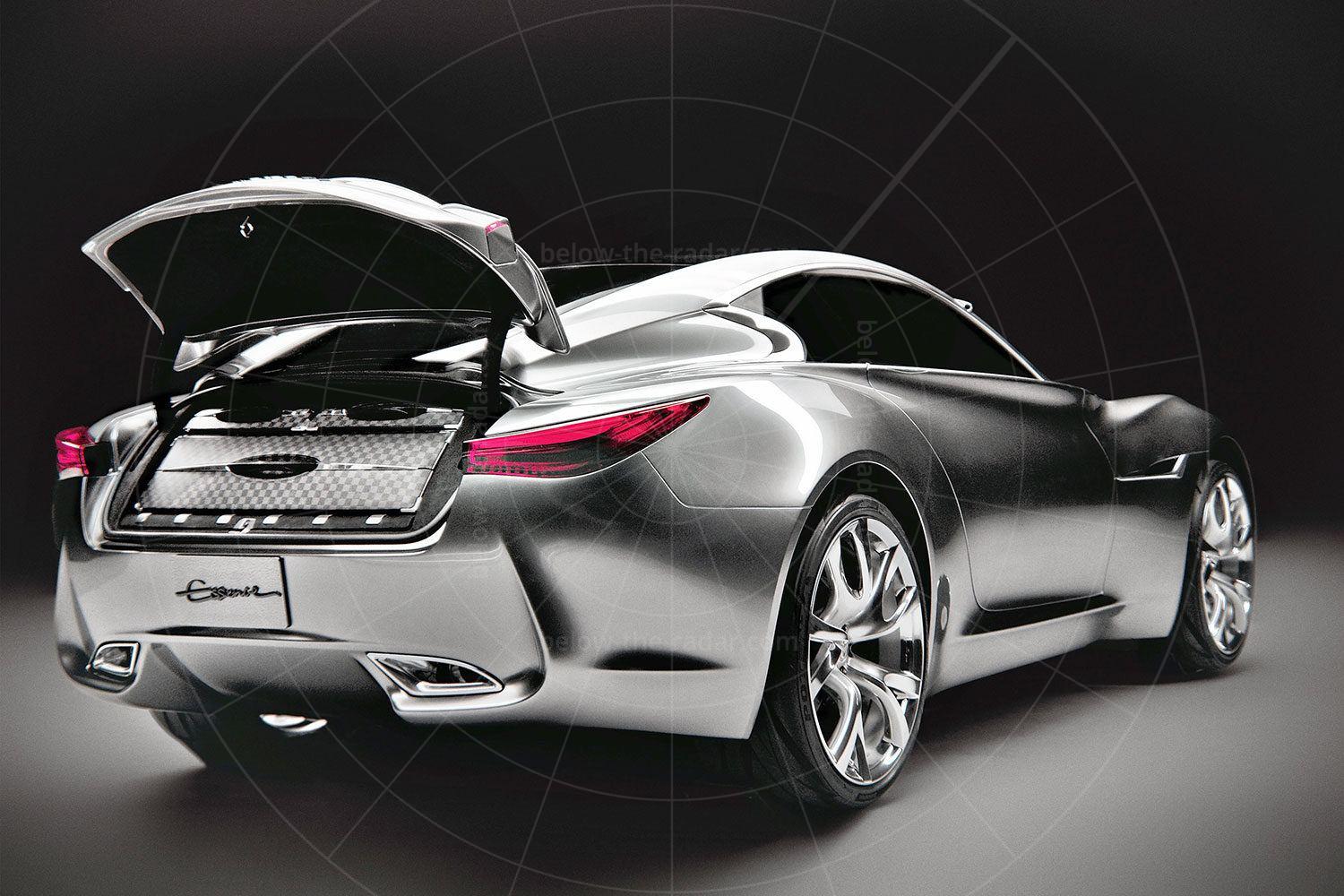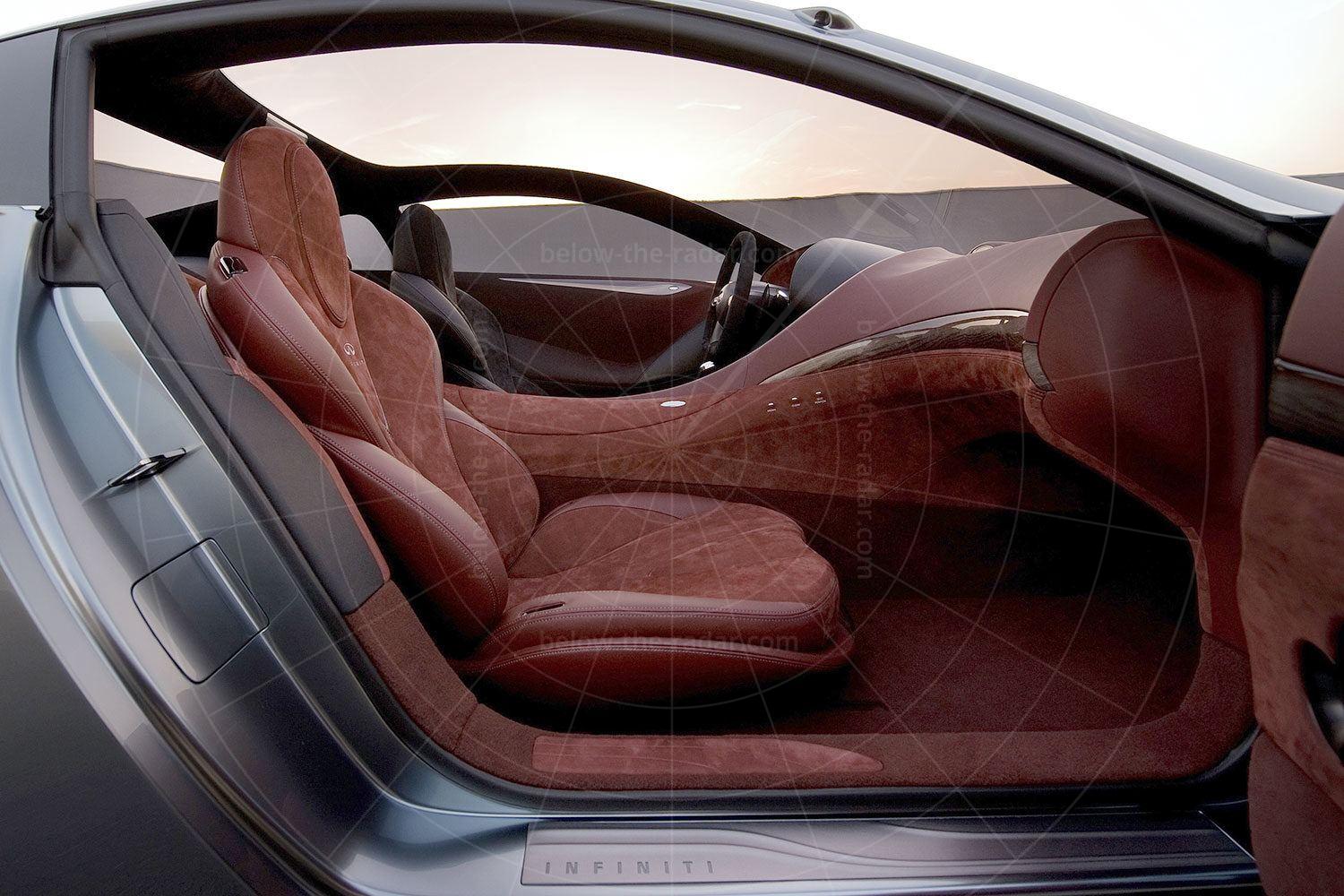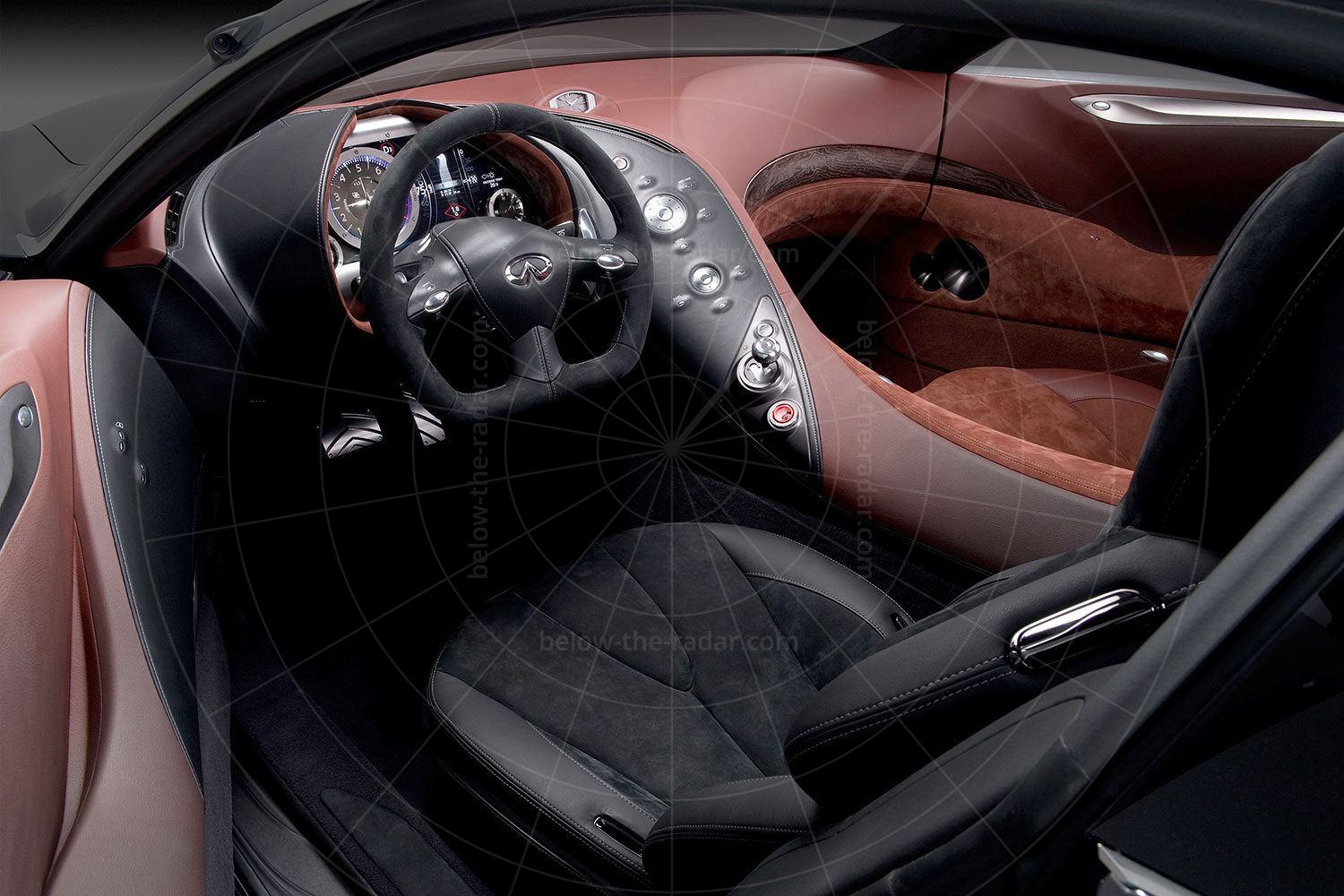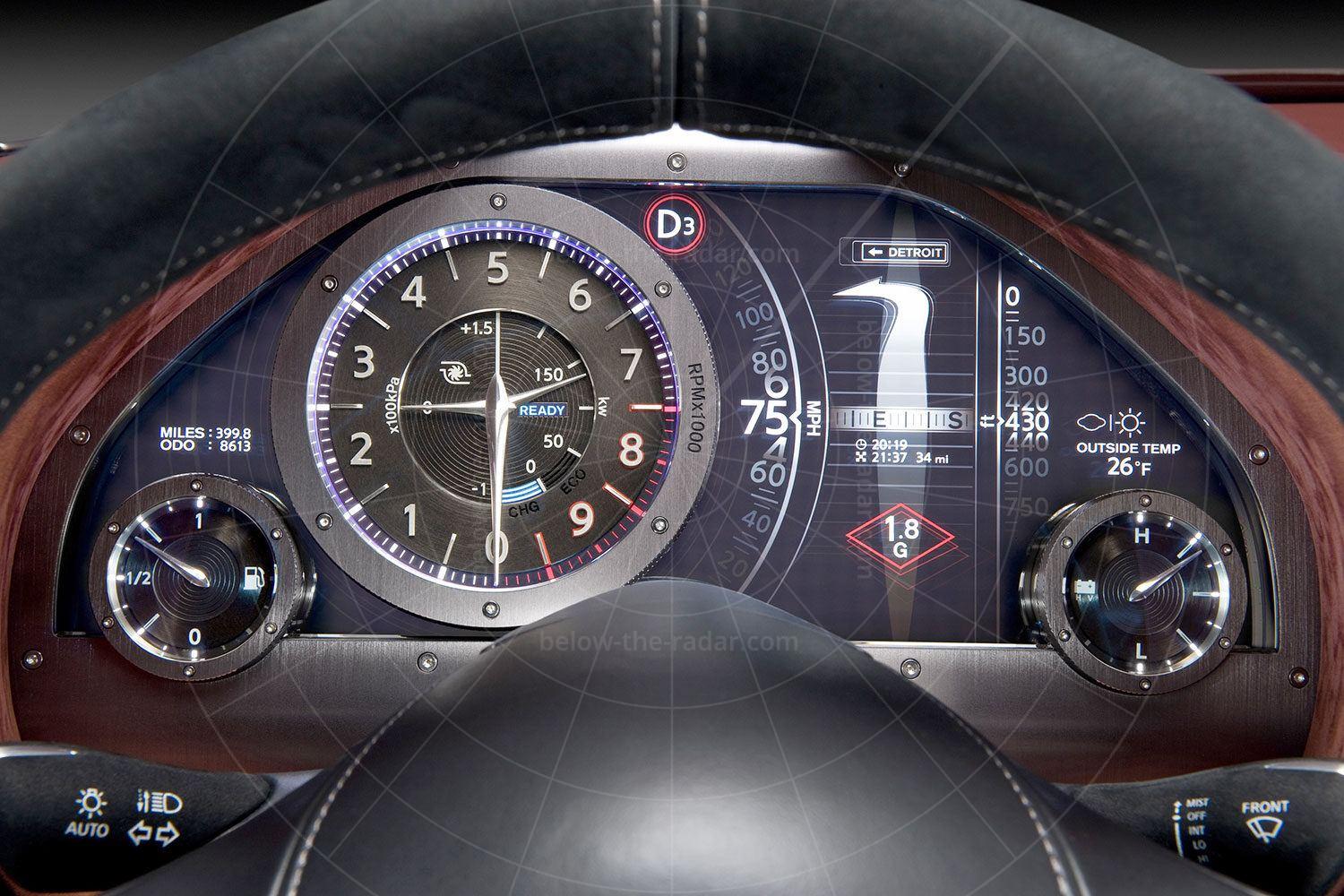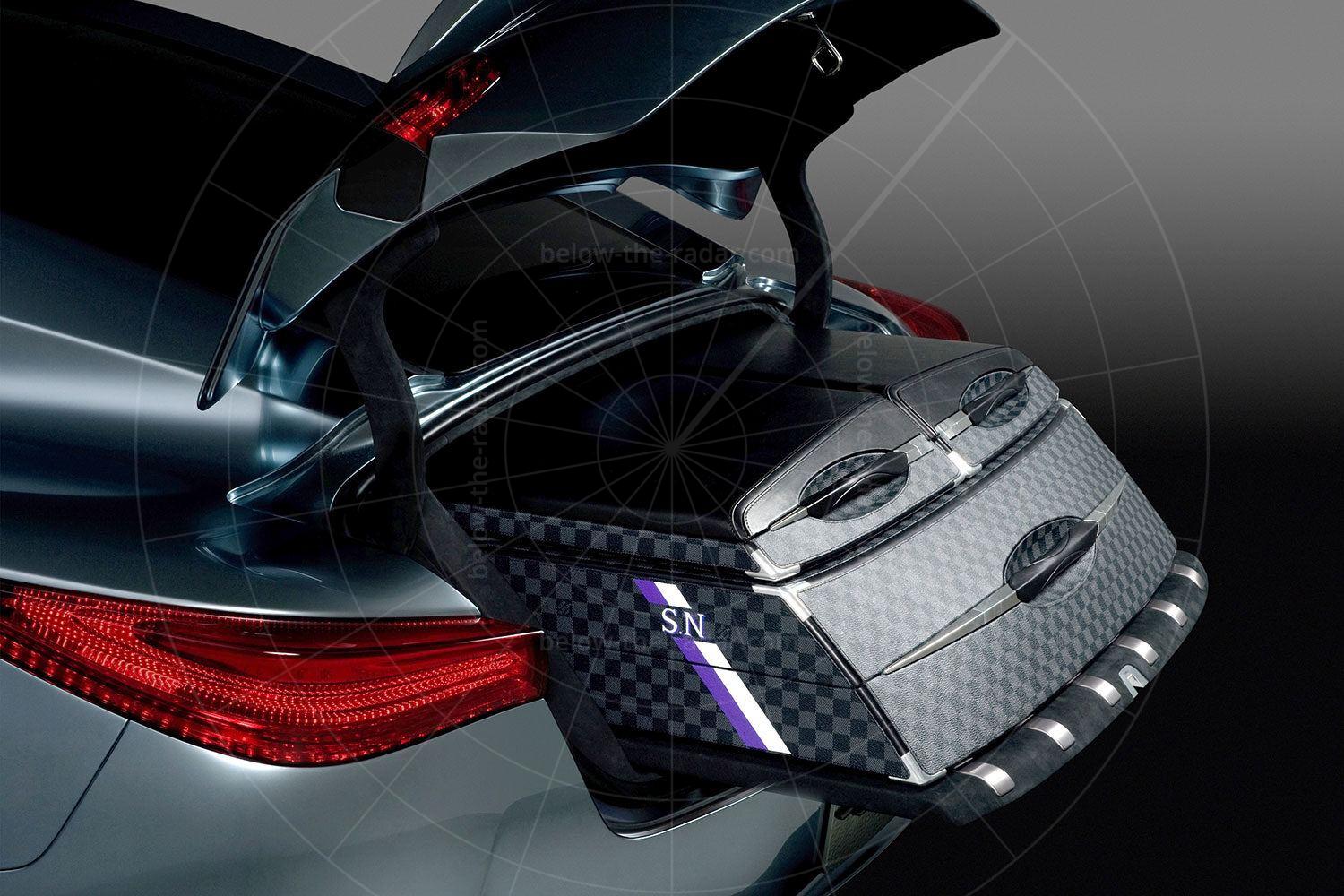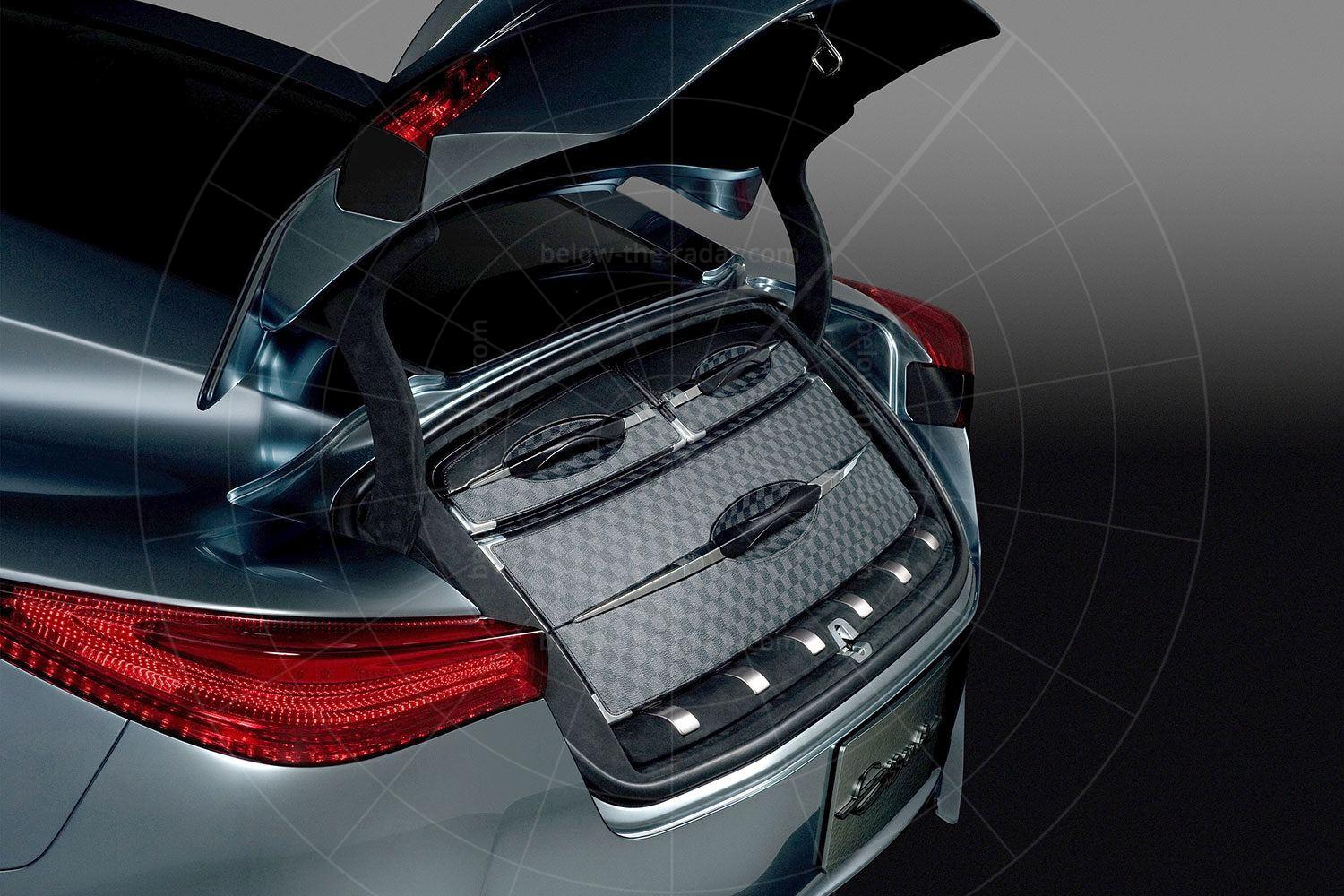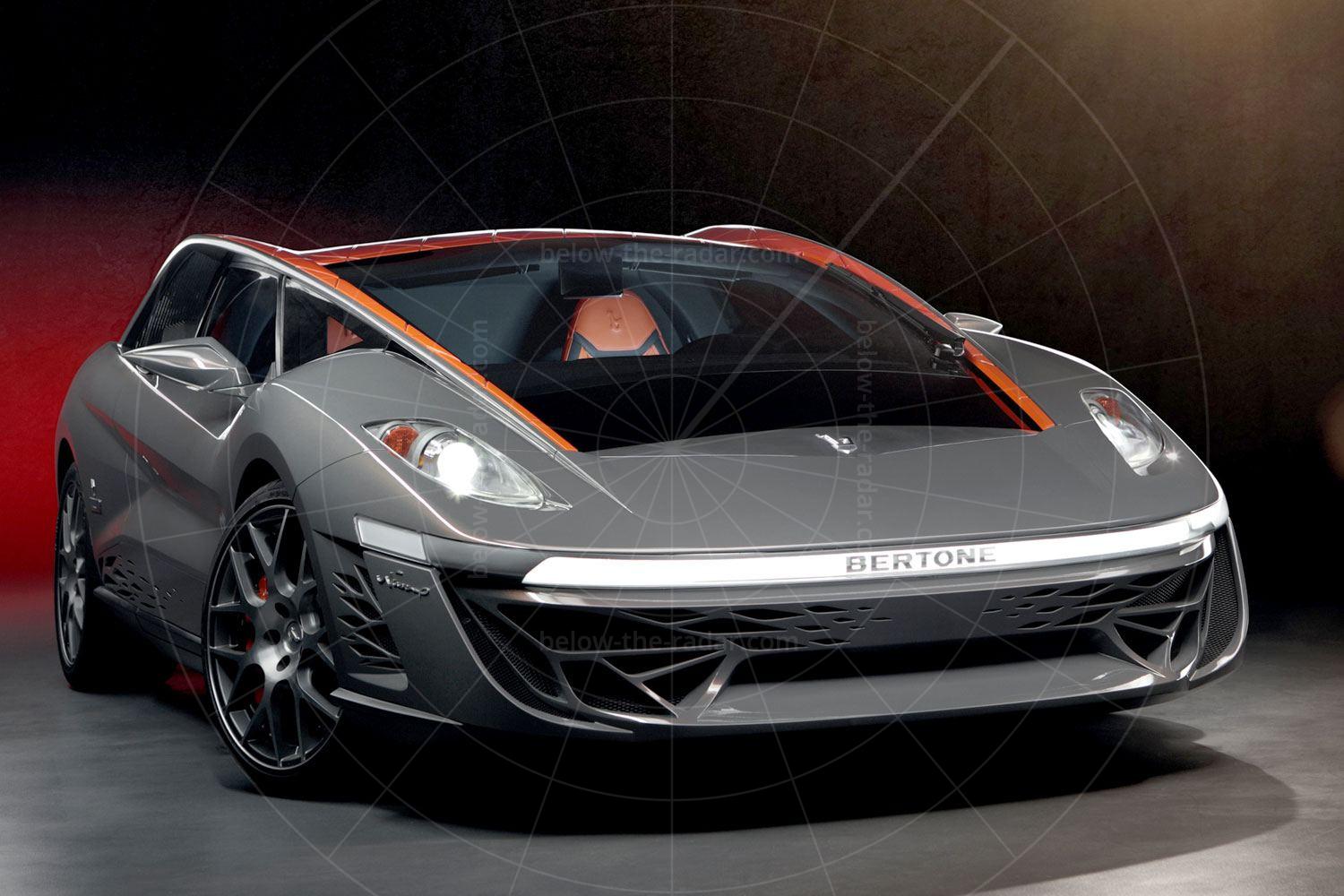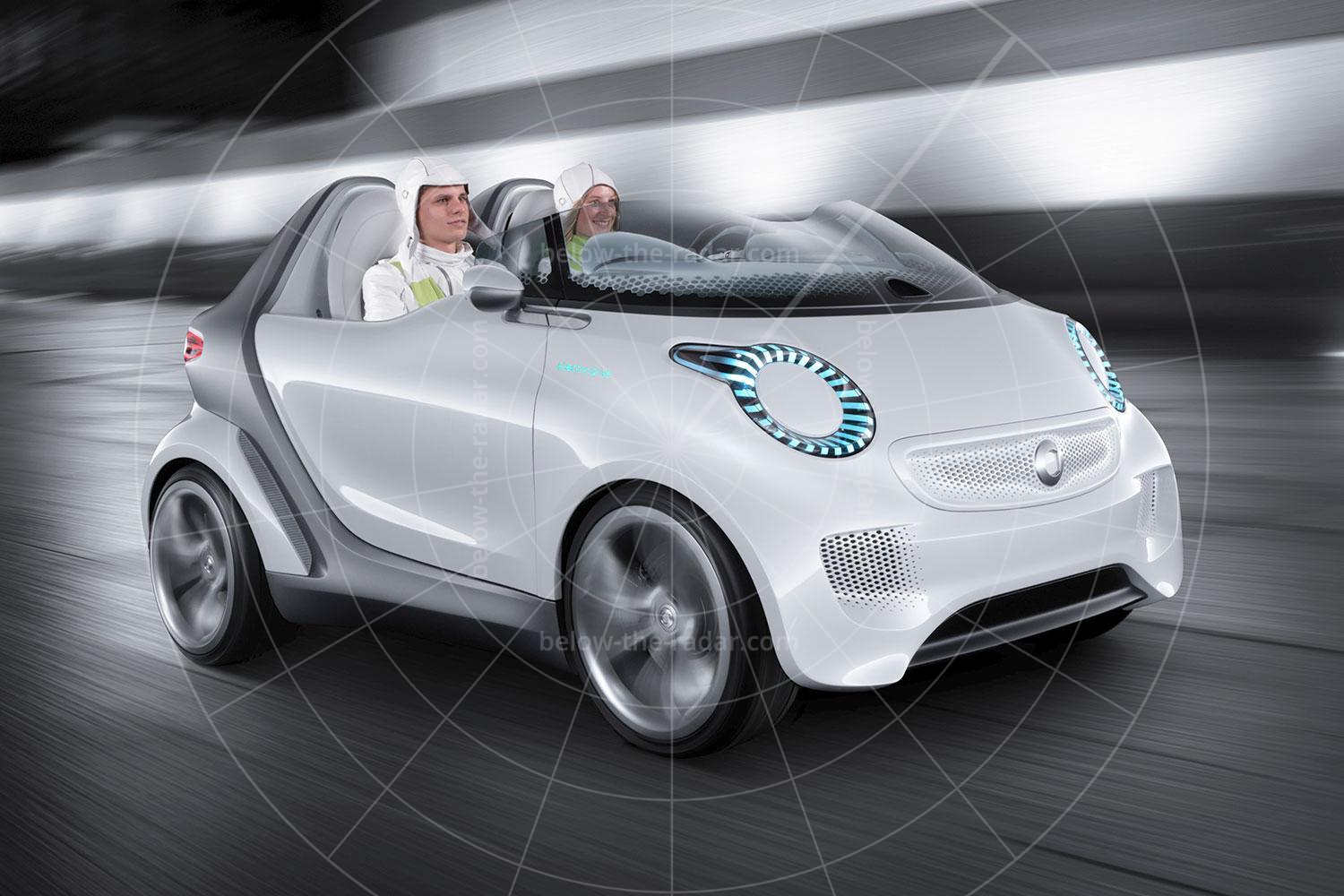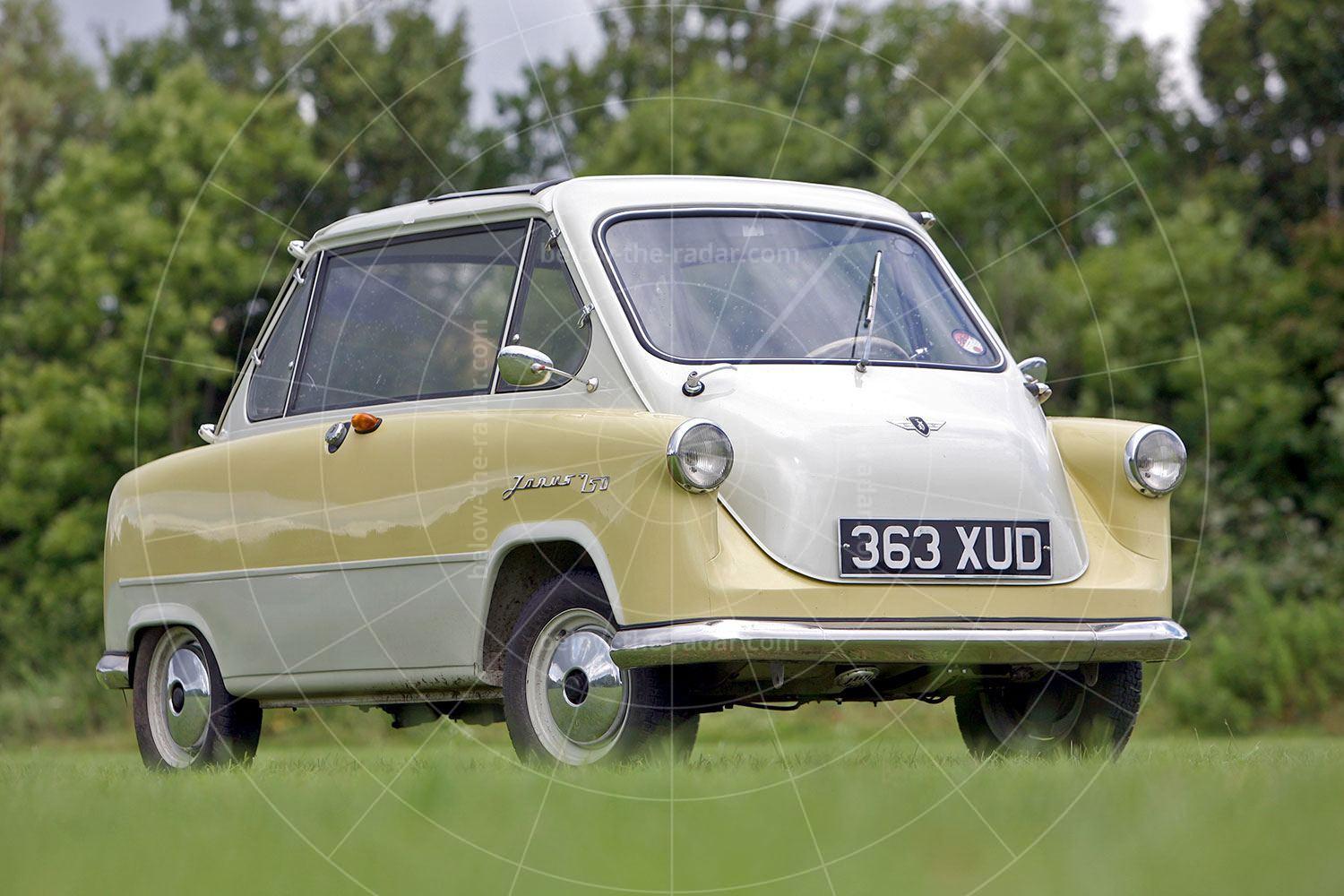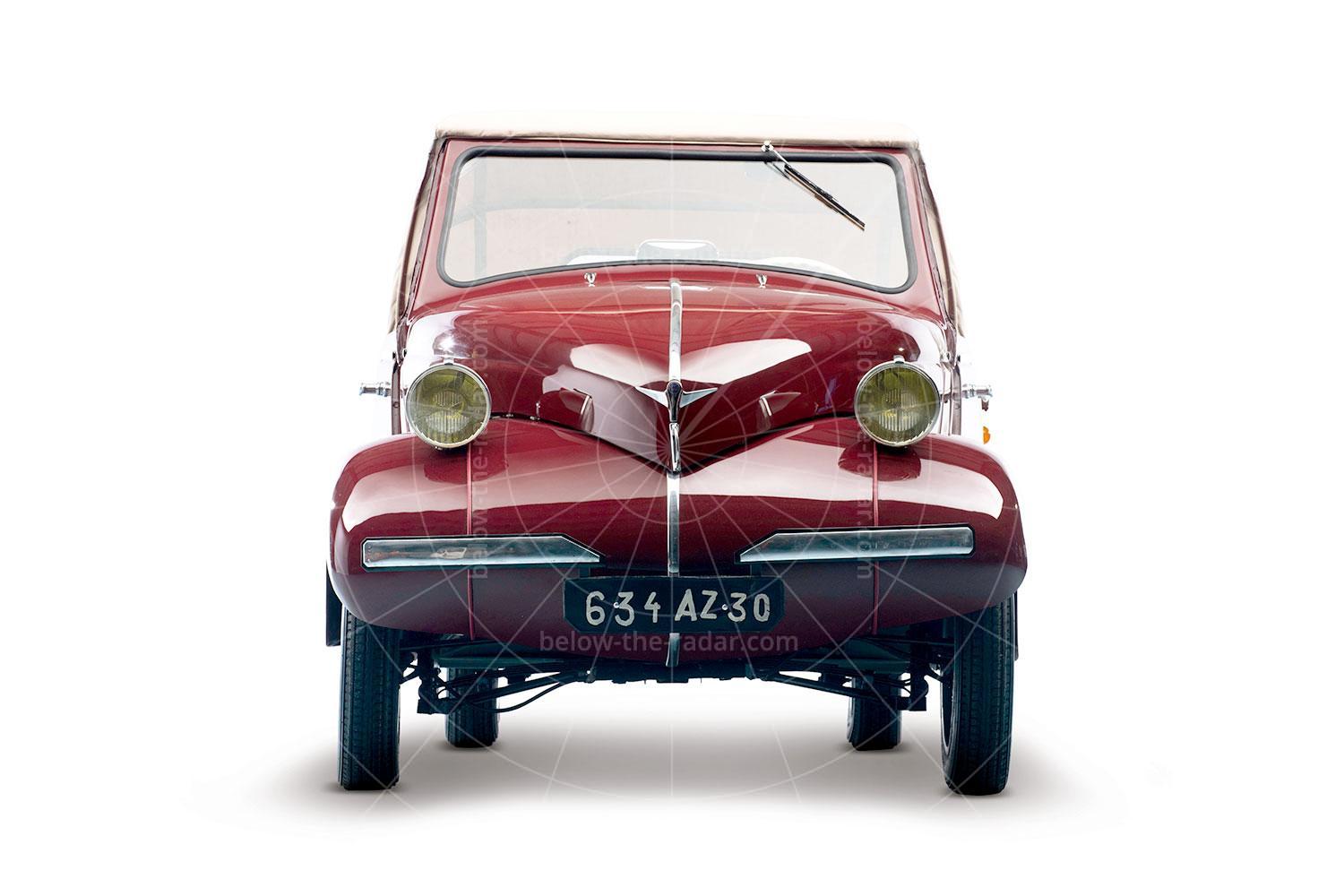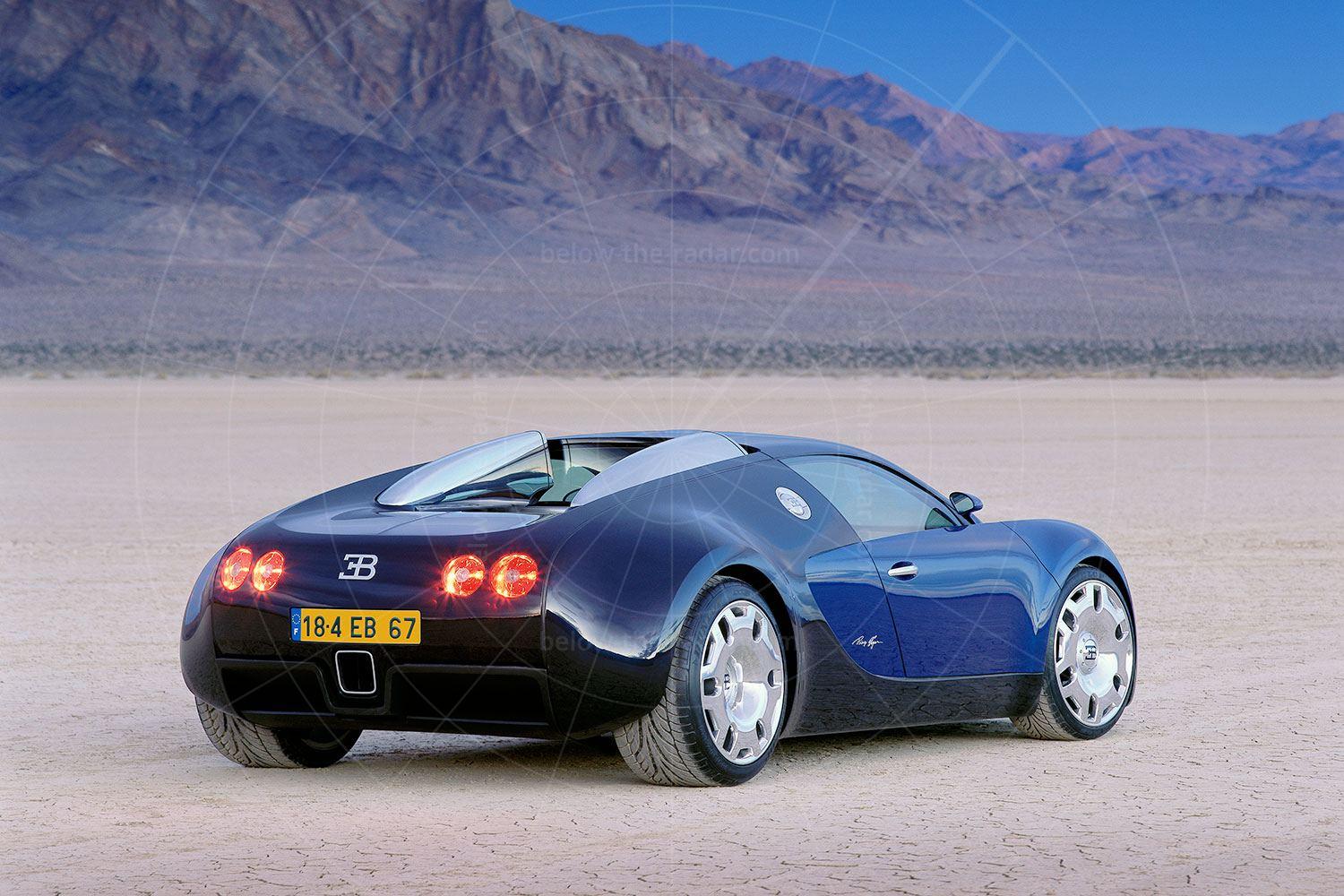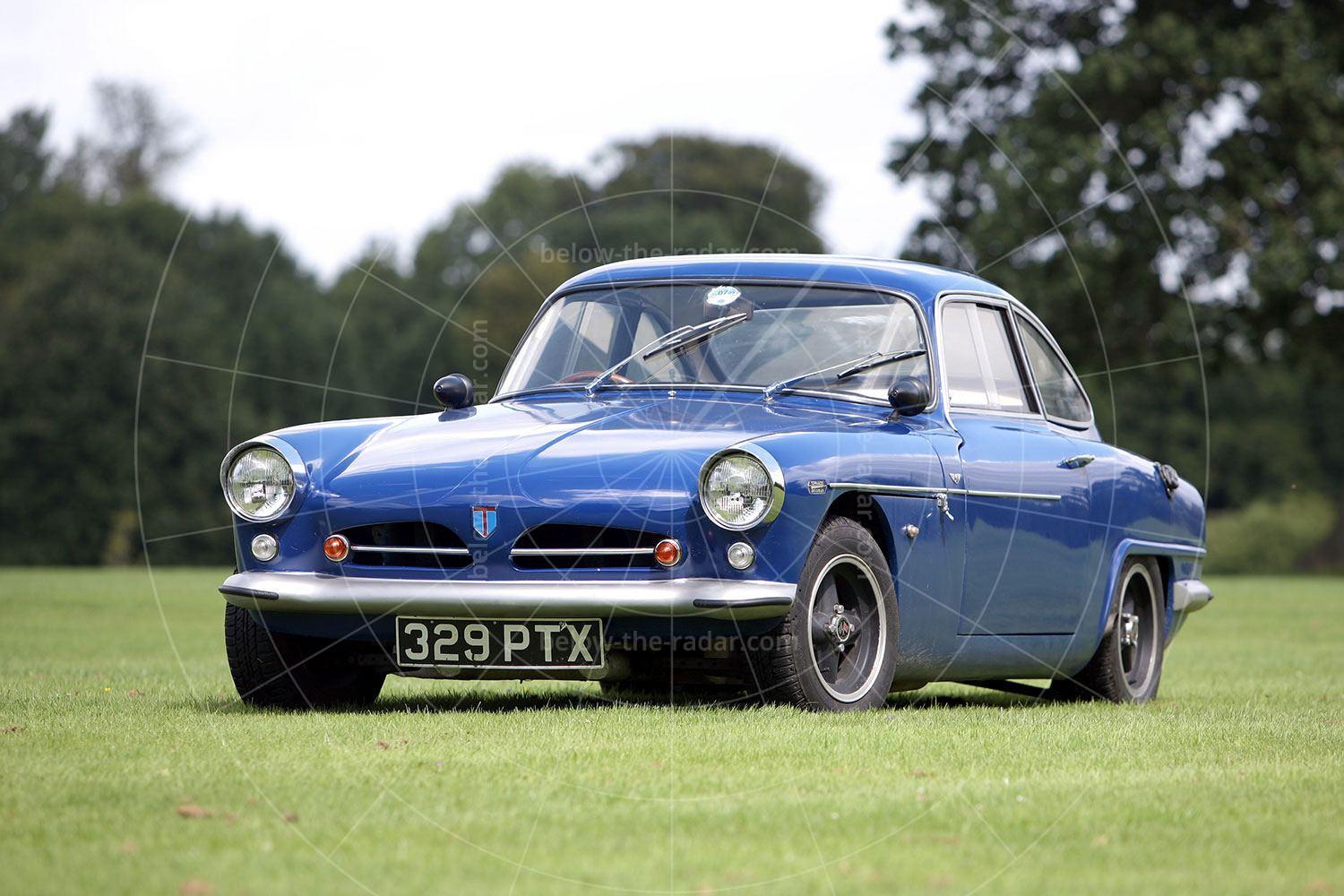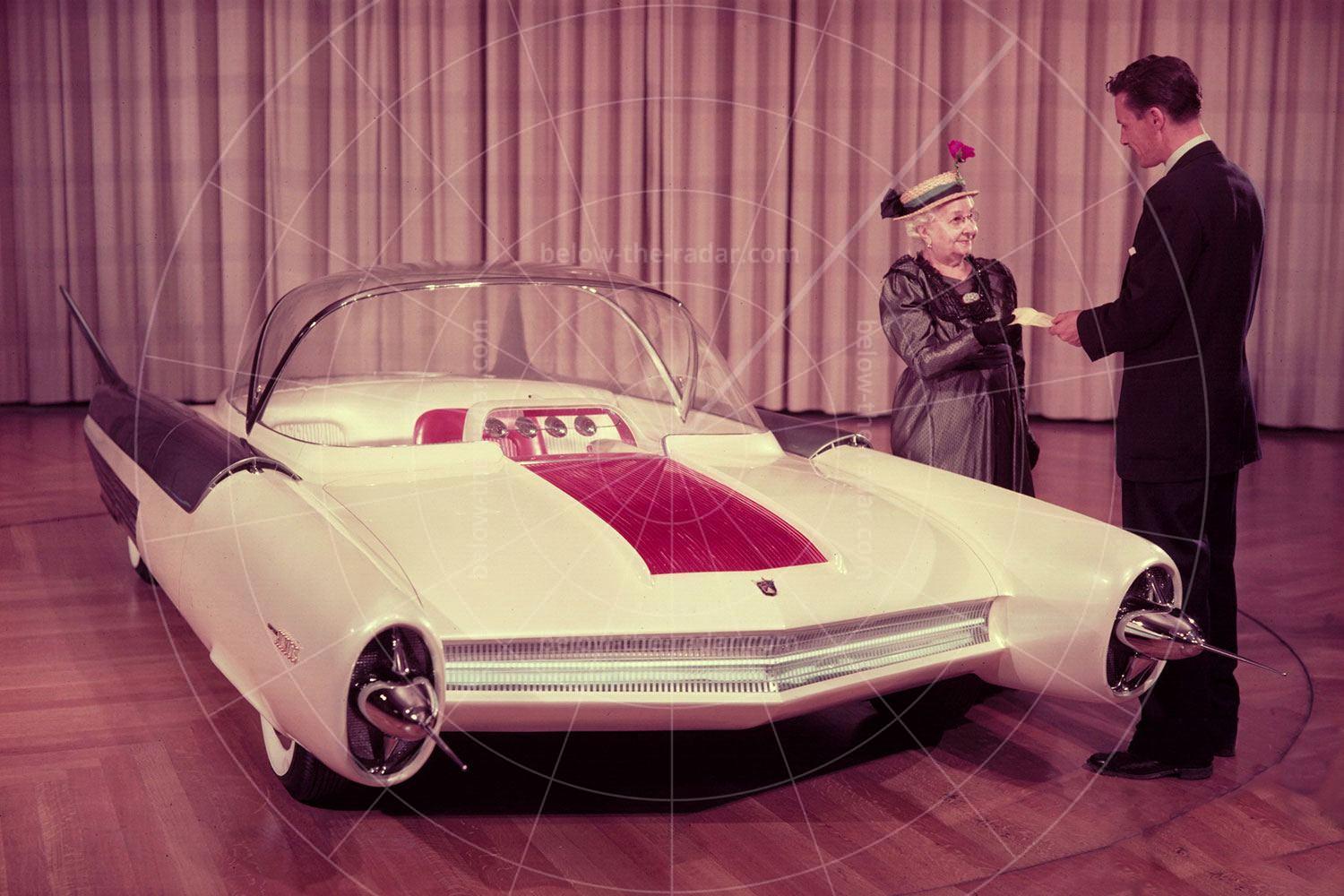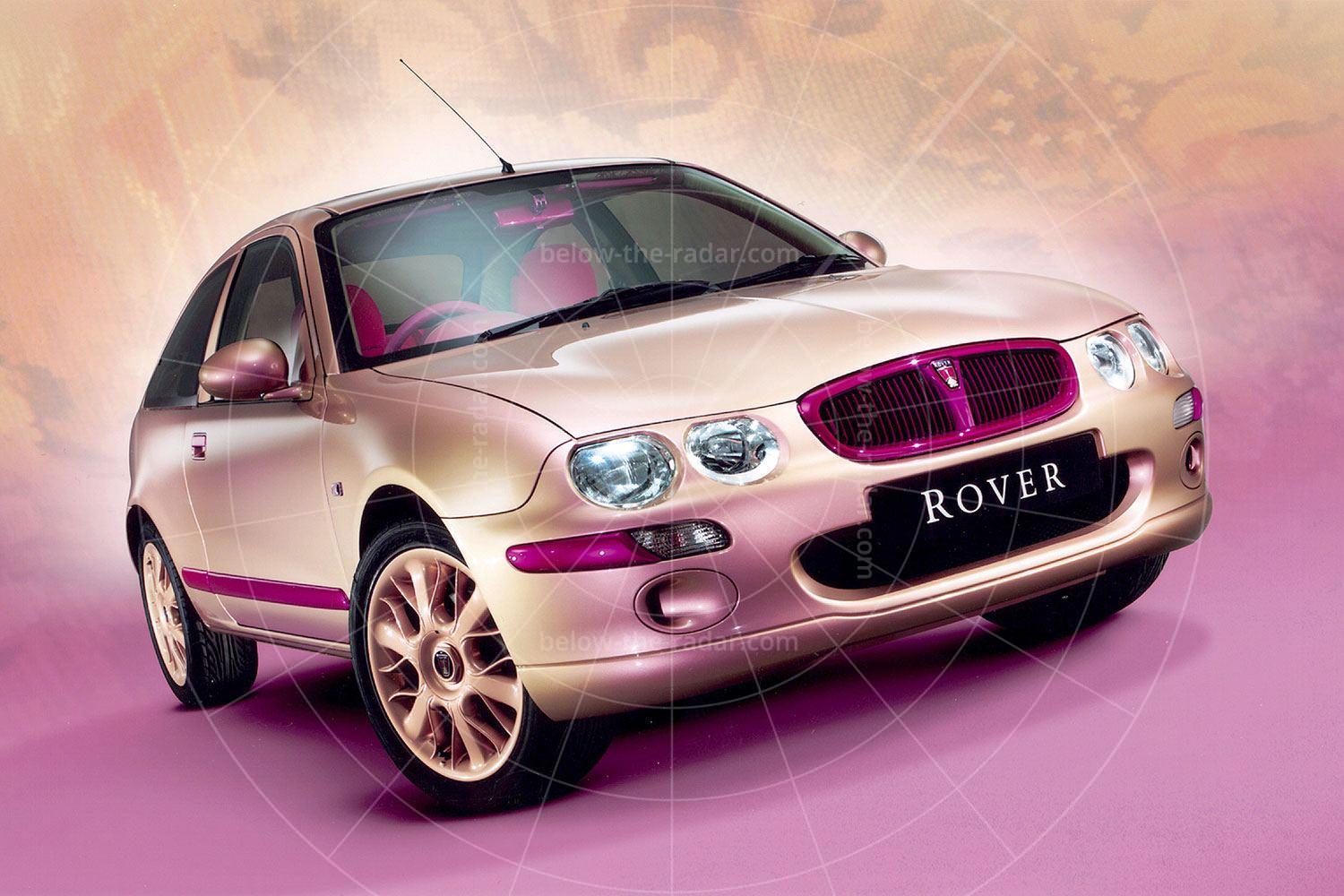Although Infiniti had launched in the US in 1989, it would be another two decades before the Nissan subsidiary would make it to Europe, by which time arch-rival Lexus was already well established. However, it wasn’t this Toyota sub-brand that was Infiniti’s greatest threat, it was the German trio of Audi, BMW and Mercedes that would give it the hardest time. So when it finally appeared in Europe in 2009, Infiniti had to put on a pretty good show if it wasn’t to be dismissed out of hand. And what an introduction the Essence made.
Unsurprisingly, Infiniti focused on great engineering and excellent reliability to sell its cars, but for such a notoriously conservative market segment its cars were also pretty eye-catching. The thing was, in Europe when the Essence was launched, the Infiniti brand was largely unknown and so was the company’s design language. As a result, despite 20 years of history, Infiniti was in a situation where it could effectively work with a blank sheet of paper to reinvent itself.
With Infiniti’s production cars more distinctive than most in the segment, the Essence had to really push the boundaries, which is exactly what it did. There wasn’t a straight edge in sight, and while the curvacious bodywork was rather complex when you analysed it, everything was coherent. More importantly though, while at first glance the Essence looked every inch the concept, it didn’t look as though it was completely unattainable; it was the sort of thing that Infiniti could realistically have put into production without having to water down the exterior design too much.
Infiniti produced even more marketing hype for the Essence, than is usual. There were reams of text about brand values, intellectual heros and passion, but it all distilled down to a straightforward approach; Essence buyers would be inspired by the car’s understated good looks that would set trends rather than follow them. As a result, the Essence wasn’t flash or contrived, but was eye-catching from every angle and up to the minute with its detailing, which worked quite superbly. Indeed, Infiniti summed it up pretty well in the accompanying blurb: “It looks like a driver’s car, one that would be right at home spearing down the world’s grandest motoring routes”.
The Essence wasn’t just an opportunity for Infiniti’s suits to go into hyperdrive with their marketing puff though; it was intended to signal a new design direction for the company. One that would offer huge presence while still looking discreet; it was all quality rather than quantity.
With its short rear deck and long, flowing bonnet the Essence looked every inch the grand tourer. The accentuated wheelarches front and rear lent an air of muscularity. The rear section also featured complex surfacing with concave scoops that flowed down the rear pillars from one of the Essence’s most distinctive design cues; a C-shaped kink to the side windows’ trailing edge. Outlined by a wide flourish of stainless steel, it gave the Essence an even more dynamic look – not that it really needed it.
The Essence was far from all mouth and no trousers though. Lexus had made a name for itself as the only manufacturer of premium hybrids, and many more car makers were set to jump on the petrol/electric bandwagon; companies like Audi and Porsche. So it made sense for Infiniti to play the eco card too, by creating a concept that packed the latest motive power.
At the heart of the Essence was a 434bhp 3.7-litre V6 petrol engine that was mated with an electric motor which could produce another 158bhp. While the engine was pretty conventional, aside from a direct-injection fuel system, the motor was cutting-edge. Called a 3D motor, it was much more compact than a conventional unit, while also being twice as torquey. Power for the motor came from a set of lithium-ion batteries which were charged by the engine, although a regenerative braking system also helped to top them up.
The other key technologies touted by the Essence were all safety-based, and wore Safety Shield branding. This comprised of adaptive cruise control and lane departure warning, adding side collision prevention and rear collision prevention. The latter worked by sensing a vehicle behind when the Essence was being manoeuvred, and giving the driver a warning, and if this wasn’t heeded, the brakes would be activated automatically. The idea with all this technology was that the Essence was protected from every direction, thus making it virtually impossible to crash. Well, that was the theory, anyway…
| Vital statistics | |
|---|---|
| Debut | Geneva 2009 |
| Engine | Front-mounted, 3.7-litre, V6 |
| Transmission | 6-speed semi-auto gearbox, rear-wheel drive |
| Power | 434bhp (engine) + 158bhp (electric motor) |
| Torque | 369lb ft |

